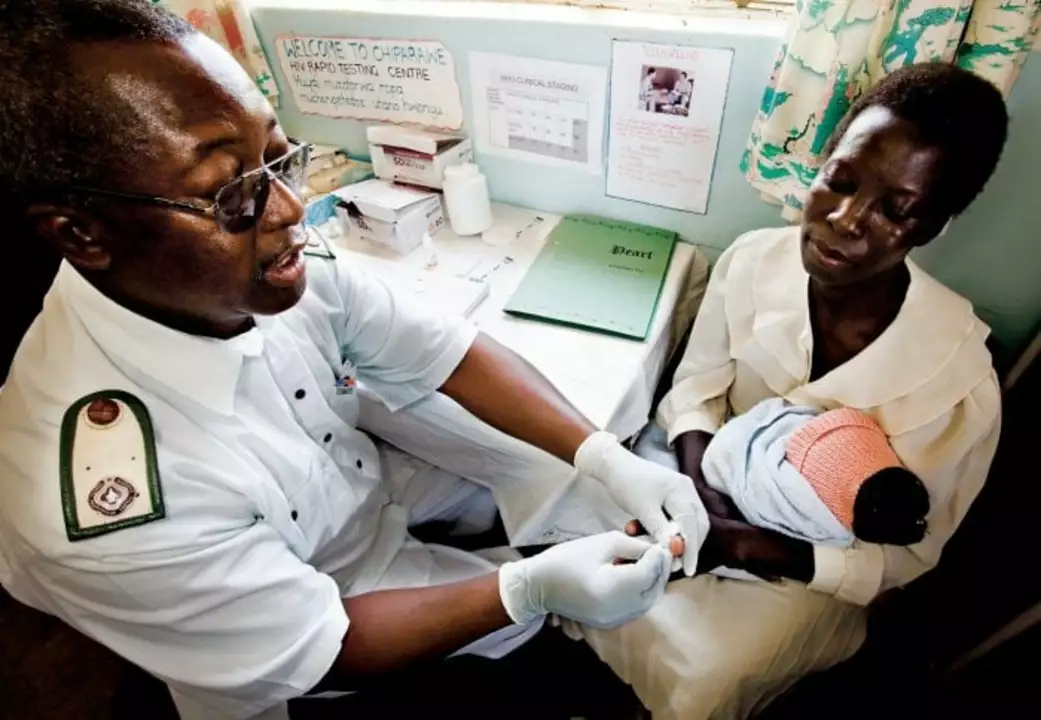Co-infection: what it means and why it matters
Co-infection happens when you have two or more infections at the same time — for example a viral illness that lets bacteria move in, or two different bacteria infecting one site. That combo can change symptoms, make diagnosis harder, and affect which drugs will actually work. If you’ve had infections that don’t clear like you expect, or your symptoms suddenly get worse after initial improvement, thinking about co-infection is smart.
How co-infections form and common pairs
Viruses often open the door. A flu or COVID infection can damage lung defenses and let bacteria cause pneumonia on top of the virus. In other cases, one chronic infection weakens the immune system and another organism takes advantage — think HIV with TB or hepatitis. Even different bacteria can co-exist in wounds or urinary tracts, making single-drug treatments less effective.
Drug interactions matter too. Some antibiotics or antivirals change how other drugs work, and chronic medications (like for heart or diabetes) can complicate choices. That’s why knowing all your meds and showing that list to your clinician helps avoid surprises.
What to do: testing, treatment, and prevention
First, get tested rather than guessing. Labs can check for several pathogens at once — blood tests, cultures, PCR swabs, or imaging when needed. If tests are limited, doctors often treat the most likely causes while awaiting results. That’s also why clear records of prior infections and recent antibiotic use matter: they guide smarter choices.
Treatment focuses on targeting each infection appropriately and watching for interactions. Your clinician may prescribe combination therapy or switch drugs if resistance or side effects appear. If you’re on long-term meds, ask about interactions and monitoring needs — many useful guides on antibiotics and alternatives can help you discuss options with your provider.
Preventing co-infections is practical: keep vaccinations up to date (flu, pneumococcal, COVID where advised), practice good hand hygiene, avoid close contact when sick, and manage chronic conditions like diabetes that raise risk. Simple steps — masks in crowded sick settings, cleaning shared surfaces, and prompt care for wounds — lower chances of multiple infections at once.
When to seek urgent care: difficulty breathing, high or persistent fever, sudden confusion, fainting, or worsening symptoms despite treatment. These can signal a worsening coinfection or complication that needs immediate attention.
If you want mistakes to avoid, don’t self-prescribe leftover antibiotics or stop prescribed courses early because symptoms improved. Partial treatment can select for resistant bacteria and make future coinfections harder to treat. Keep notes on symptoms, meds, and test results — that record often speeds up correct diagnosis and safer treatment choices.
Have questions about a specific infection combo or drug interaction? Bring your notes to your clinician or pharmacist. A short conversation and the right tests can make a big difference when two infections are fighting for attention in the same body.
As a blogger, I've recently researched the connection between Tuberculosis (TB) and HIV/AIDS. I've discovered that these two diseases have a strong link, as HIV weakens the immune system, making it harder for the body to fight TB. In fact, TB is the leading cause of death among people living with HIV. It's crucial to get tested for both of these diseases, as early diagnosis and treatment can greatly improve outcomes. Remember that prevention and education are our best weapons against these devastating conditions.
View Details

